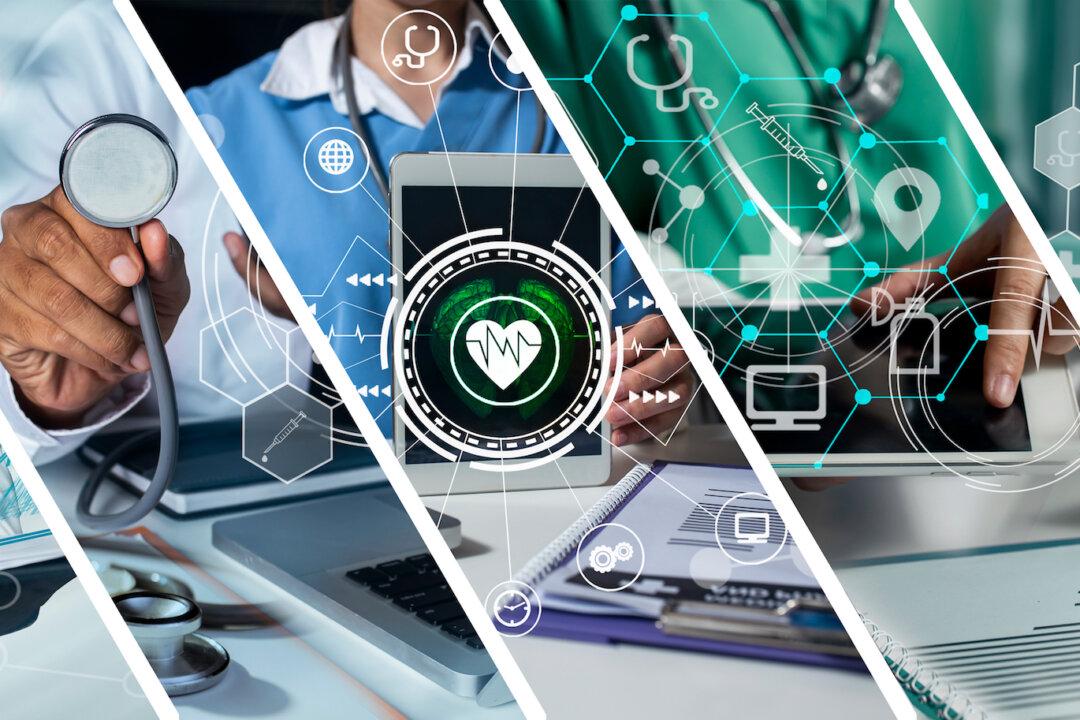While it’s true there is some overlap between the effects of poisonous peptides present in some snake venom and those of SARS-COV2 spike protein, claiming COVID is ultimately derived from snake venom is a poorly substantiated hypothesis.
In an interview Monday with Stew Peters, Brian Ardis, a doctor of chiropractic, attempted to connect SARS-CoV-2, the spike protein or simply the disease process itself known as COVID-19, to the deadly proteins in snake venom.In the 30-minute, heavily produced video, Ardis did not explicitly state his opinion on whether COVID is caused by a virus or by widely dispersed toxins similar to the poisons in snake bites.




